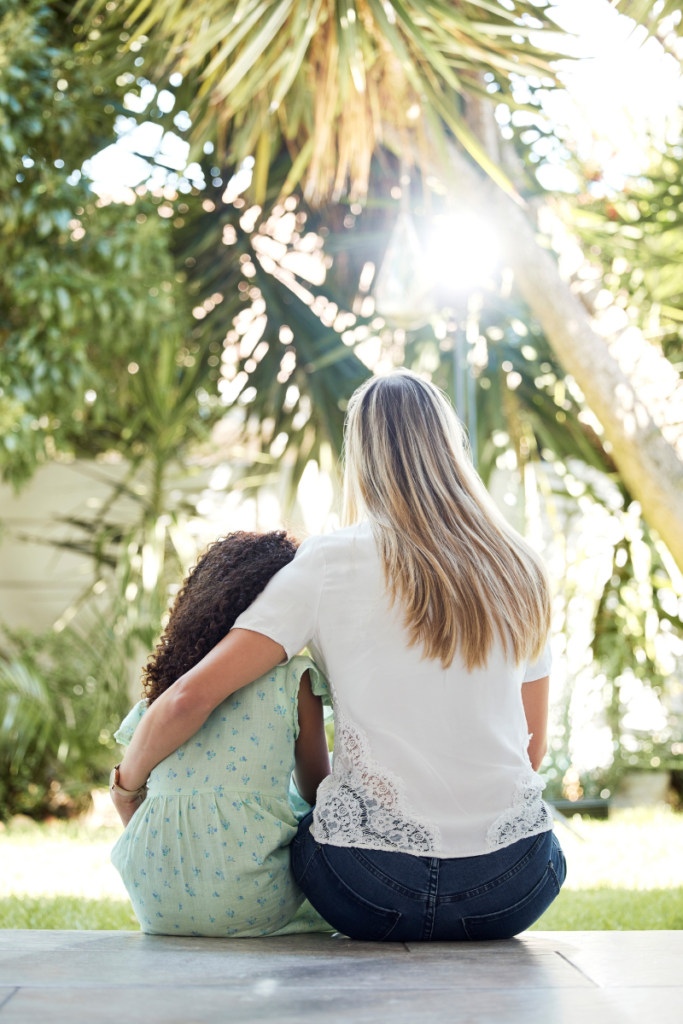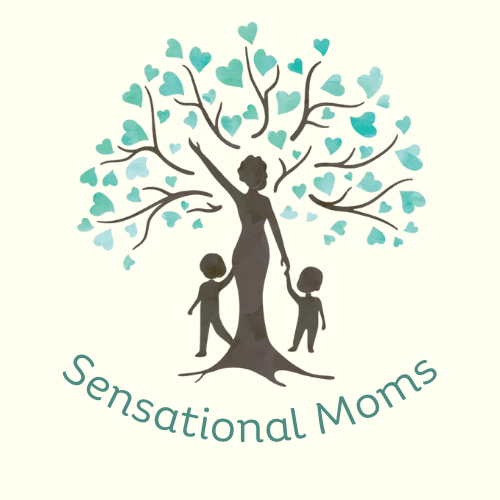
Kids are developing their own self-regulation skills, and we often wear their emotions on the sleeve with no filter and we bear the brunt as moms because we are their safe place.
It’s developmentally typical that they would have a hard time handling anger, frustration, jealousy, sadness, injustice… life. Welcome to the rollercoaster, right?
There are a lot of good options out there. Video series, curricula, workbooks…you name it. I’ve even used some of them, but here’s the best.
Save yourself time & money, but gear up for some deep work.
It’s your life. It’s your relationship with your child & your relationship with yourself. I know there’s guilt & shame that can come with this truth. There are curricula and programs (like zones of regulation); I’ve even used them as an OT, but nothing will be worth your effort if you aren’t working on these skills in your ownlife.
I’ve been there. Hear me out!
Here are the simple (but not so easy) steps:
Step 1: Learn & Model Self-Regulation
Learn how to ride the waves of overstimulation, emotion, stress… you know, life. Make a plan to move through this stress & treat yourself with compassion.
Don’t be surprised when these waves come. And when they do, practice your plan in front of your audience: your kids. Label your physical experience and your emotion.
It might sound like this: “My heart is pounding right now. My mind is racing. I’m really frustrated about____. I’m going to take a minute and go check the mail.”
Can’t find the emotion words? The body feeling words are actually more important.
Step 2: “Mess up,” Learn & Repair
You won’t always get it right, but what’s the goal here? Modeling perfection isn’t helping anyone.
We own our actions & apologize as appropriate, and model or explain what we want to do differently next time. Not necessarily at the same time. Reflection is usually needed. Ask your child if they want to share something with you about the experience.
>>Your child will learn by watching you learn. We do this in other areas of motherhood & homeschooling, right? All the time, our kids ask us questions, and we say, “I don’t know! Let’s find out together.”
You want lifelong learners? Model it for your kids in the intimacy of your relationship.
Step 3: Repeat!
I know this can come with a lot of layers of guilt and shame, and I don’t take that lightly. We are often working with long-standing patterns and many experiences we would be ashamed to replay. This is why coaching is so powerful.
But your child will learn alongside you. They’ll watch you and start to see it’s making a difference.
They’ll notice it in you first, just like you noticed that they needed “help” first. One day, they’ll say, “Mom, I think you need to check the mail,” and you’ll be surprised.
Next, they’ll get frustrated in math and ask to go check the mail for themselves or may be with you. And if you’re like me, you’ll be pleasantly surprised.
Want some tips to get started? Sign up for my FREE resource: 25+ Strategies to Get Started on your self-regulation journey. You’ll get this and other useful information delivered to your inbox.
Want to talk to someone who can compassionately listen and help you see where to start? Contact Whitney for a free session.
